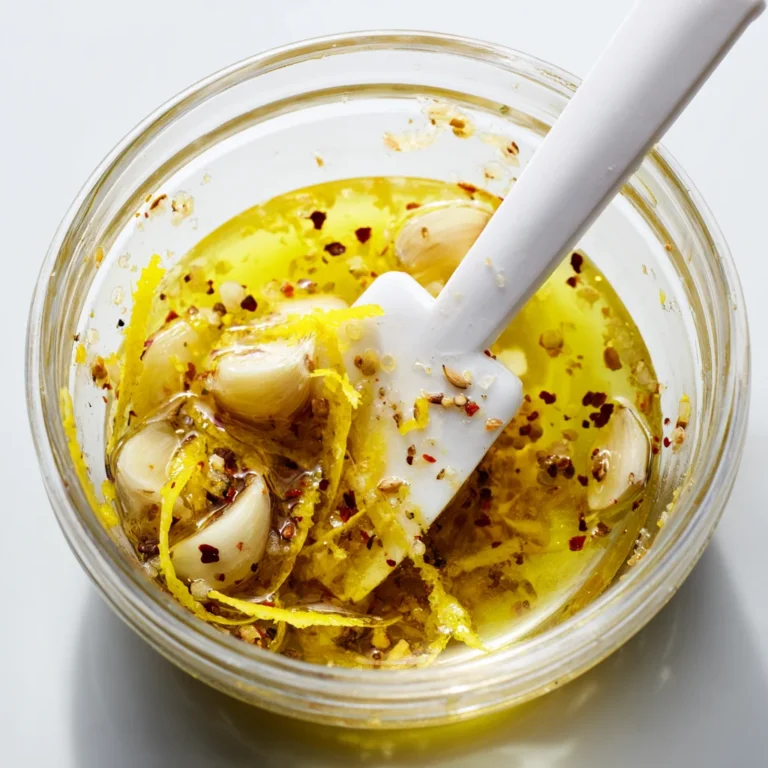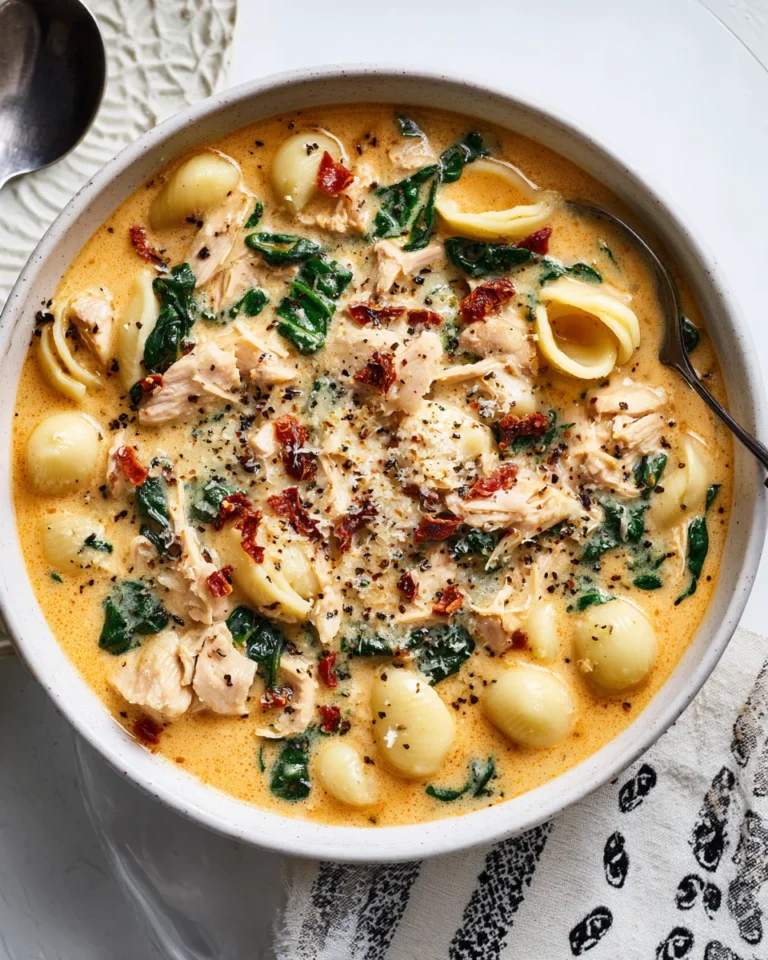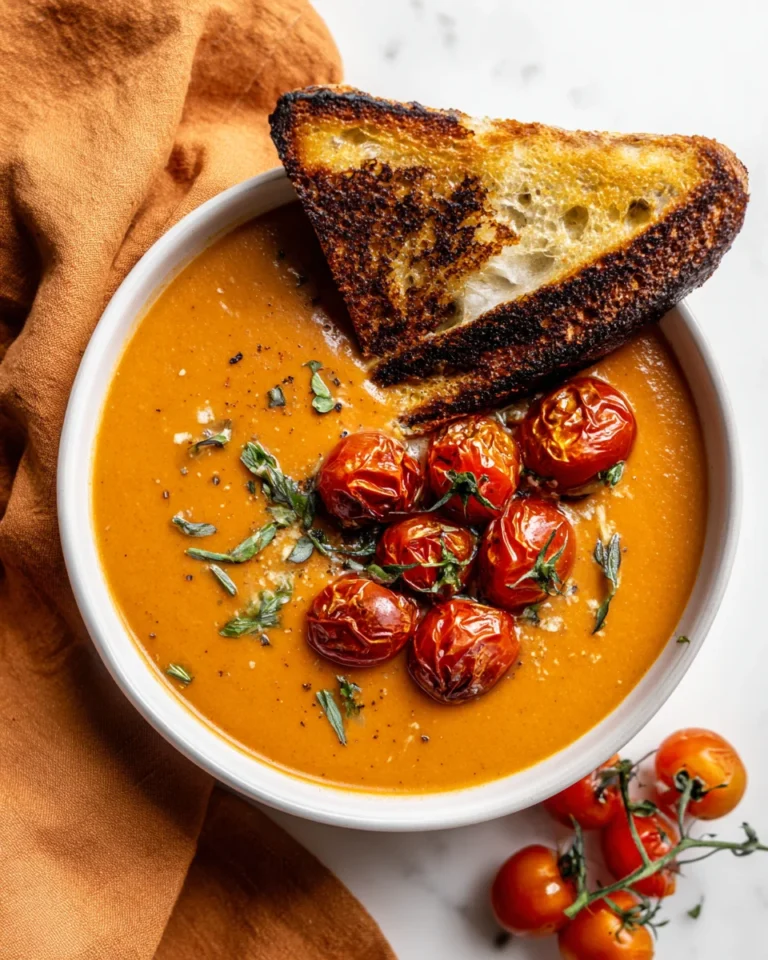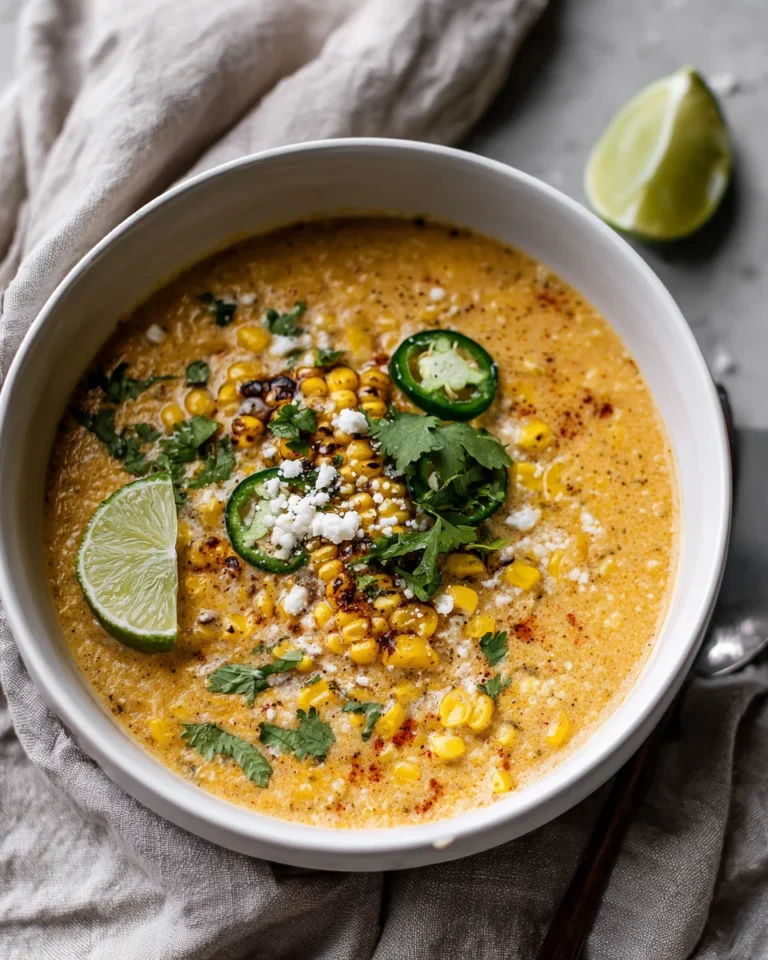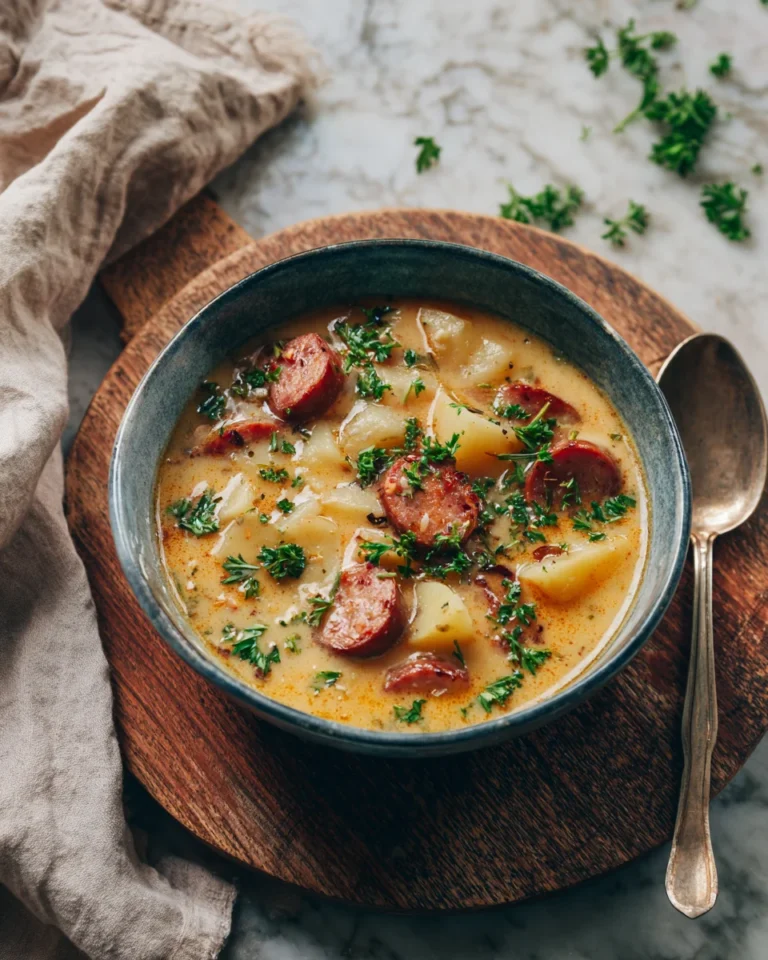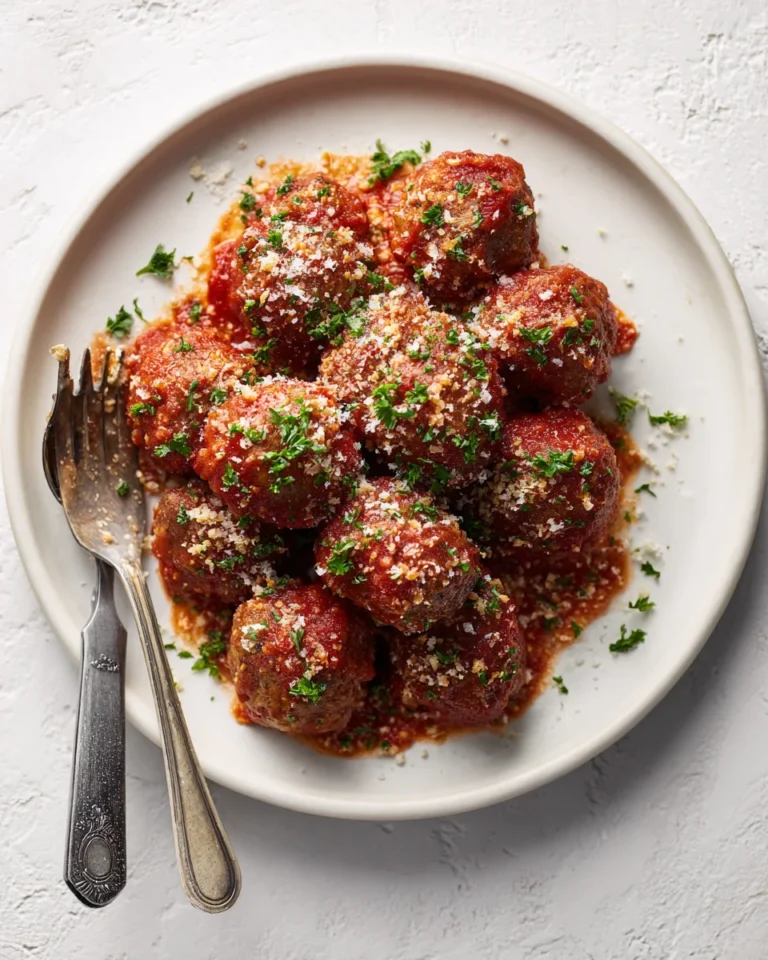Homemade Mac and Cheese
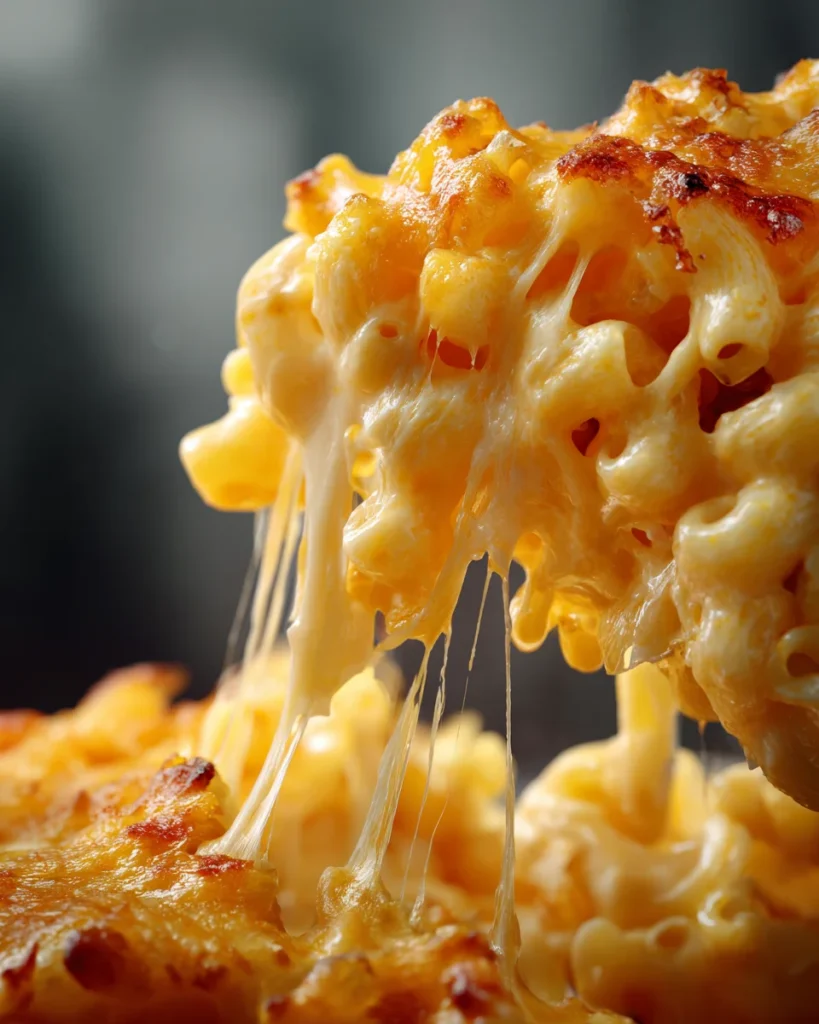
Why I Keep Coming Back to This Recipe
It was a rainy Sunday afternoon when I first made this mac and cheese for my little niece, Emma. Wrapped in her favorite blanket, she toddled into the kitchen with a sniffle, and all she wanted was “that cheesy stuff.” I remember stirring the milk and butter, the aroma of melting cheese filling the room, and the small smile that spread across her face as she took her first bite. That moment—seeing comfort on her face—sealed the deal. This recipe isn’t just food; it’s nostalgia, warmth, and care, all in one bubbling dish.
Quick Ingredient Snapshot
- Elbow Macaroni: The perfect little cups for catching every bit of cheesy sauce.
- Sharp Cheddar: A classic favorite—rich, tangy, and melt-worthy.
- Gruyère: Adds depth and that luscious, smooth texture.
- Butter + Flour (Roux): The base that transforms milk into velvety bechamel—no graininess here.Learn how a roux works.
- Milk (plus a splash of cream): Keeps things creamy without weighing it down.
- Panko Breadcrumbs: For that irresistible crunchy top—because textures matter.
Why You’ll Love This Recipe
This mac and cheese is a lifesaver on busy weeknights. After a long day, you don’t need fancy ingredients—just the basics, and voilà, a dish that works its magic in about 40 minutes. It’s also a kid-pleaser—my niece calls it “velvet pasta.” The creamy, gooey center with golden, crispy edges is a textural love letter in every bite.
What makes it special? The combo of cheddar and Gruyère gives it more flavor than standard boxed versions. And unlike my stovetop friend’s mac recipe that skips baking and packs in cottage cheese or evaporated milk , this one uses a traditional bechamel sauce with just a touch of cream. That yields a sauce that clings to each noodle, creamy and rich, but not overwhelming.
Compared to other techniques—like the “dump-and-bake” Southern mac with eggs and cream—this recipe locks into that comforting bowl-of-comfort feeling: not casserole firm, but luxuriously stretchy and saucy.
Let’s Talk Ingredients
The backbone? Cheeses. Sharp cheddar brings bold flavor; Gruyère brings unsubtle nuttiness and silkiness. If you can’t find Gruyère, Emmental or Fontina are great substitutes. Milk should be whole or 2%, though I like adding a splash of cream to make it richer. And a traditional roux—melting butter, whisking in flour—is crucial. It prevents the sauce from separating and gives unit cohesion to the cheese.
Add a pinch of mustard powder—trust me, it cuts through the richness and brightens the cheese flavor. You can also stir in some cracked pepper or nutmeg.
Looking at nutrition? USDA Mac & Cheese Nutrition shows each serving offers protein and calcium. Healthline on Cheese Health dives into pros and cons.
How to Make Mac and Cheese
Prepping the Ingredients
Begin by cooking elbow macaroni in plenty of salted water until just shy of al dente (about 1‑2 minutes before it’s done). Drain and set aside.
Slice the cheddar and Gruyère into cubes or grate them freshly—packaged pre-shredded cheese often has anti-caking additives that can affect melt quality.
Preheat your oven to 180 °C (350 °F). Butter a 9″×9″ baking dish and grab a bowl for mixing.
Cooking / Assembling
In a saucepan over medium heat, melt butter until foamy. Add flour and whisk for 1–2 minutes to cook out the raw flavor. Gradually pour in milk and cream, whisking constantly until smooth and starting to simmer. Add mustard powder, salt, pepper, and a tiny pinch of nutmeg. Once thickened to coat the back of a spoon, lower heat and stir in cubed cheeses until melted and silky.
Fold in the cooked pasta until each noodle is coated in that luxurious sauce. Pour it all into the baking dish, smoothing the top, then sprinkle a generous layer of panko breadcrumbs—consider tossing them in melted butter and herbs for extra flavor.
Final Touches / Garnishing / Plating
Bake for about 20–25 minutes, or until the top is golden and sauce is bubbling around the edges. Let it rest for 5 minutes before serving—this helps set the sauce slightly, making it perfect for scooping. A final crack of black pepper or a sprinkle of fresh chives on top is optional but lovely.

Recipe Don’ts
- Don’t overcook the pasta—it becomes mushy when baked again.
- Don’t skip the roux—without it, the sauce can turn grainy or split.Verywell’s high-protein cheese guide is a great resource.
- Don’t broil too early—if you blast the top before the sauce is hot, you’ll end up with dry edges and cold middle.
Variations You’ll Love
- Gluten-free? Swap macaroni with GF pasta and use GF flour in the roux.
- Protein-packed? Stir in shredded chicken or cooked bacon.
- Spicy? A pinch of cayenne or swirl in sriracha brightens things.
- Veggie twist? Fold in peas, blanched broccoli, or roasted red peppers before baking—hello, Kirsten Gilmour-style veggie mac.
Expert Tips, Swaps & Storage Advice
Make ahead by assembling everything and refrigerating (unbaked). Bring to room temp, then bake—great for parties.
To freeze, bake first, cool, then cover and freeze. Reheat in oven covered with foil.
Reheating: Microwave is okay, but oven (covered) restores that crisp crumb layer.
For creamier sauce next day, stir in a splash of milk before reheating.
FAQs
What ingredients do I need for mac and cheese?
At its heart, mac and cheese is all about simplicity. You’ll need elbow macaroni, butter, flour, milk (plus a touch of cream if you like), and cheese—usually a sharp cheddar. For extra creaminess and flavor, I love adding Gruyère. A little mustard powder, salt, and pepper help round things out. And for that crunchy golden topping? Panko breadcrumbs tossed in melted butter. You can always adapt based on what’s in your fridge, but these are the key players in a truly cozy, satisfying version.
What is the secret to good mac and cheese?
The real magic? It’s all in the sauce. A well-made roux (that buttery flour base) whisked into warm milk gives your cheese a silky, stable home—no greasy separation or graininess. Freshly grated cheese makes a huge difference too. And don’t rush it—let the sauce thicken before you stir in your pasta, and bake just long enough to get that crispy top without drying out the inside. I also swear by a pinch of mustard powder—it amplifies the cheese flavor in the best way.
How do I make macaroni cheese?
Start by boiling your pasta a minute shy of fully cooked—it’ll finish in the oven. Meanwhile, in a saucepan, melt butter and whisk in flour to create a roux. Gradually pour in milk, whisking until smooth and gently thickened. Stir in cheese until melted and silky, then fold in your cooked pasta. Transfer everything to a baking dish, top with breadcrumbs, and bake until bubbly and golden. Let it rest a few minutes before digging in—it’s worth the wait.
What to Serve This With
This mac & cheese sings next to crisp greens or tomato soup. At brunch, it pairs beautifully with roasted tomatoes and herbed sausage. For cozy dinners, pop it alongside grilled chicken and garlic broccoli. Picture burying your fork into gooey, golden pasta while outside it’s rainy—pure, soul-soothing comfort.

Mac and Cheese
A classic, creamy mac and cheese made with a rich bechamel sauce, sharp cheddar & Gruyère, and a crunchy breadcrumb topping—perfect for weeknights and potlucks.
Ingredients
- 2 cups elbow macaroni (uncooked)
- 2 tablespoons butter
- 2 tablespoons all-purpose flour
- 2 cups whole milk
- ¼ cup heavy cream (optional for extra richness)
- 1½ cups sharp cheddar, grated
- 1 cup Gruyère cheese, grated or cubed
- ½ teaspoon mustard powder (optional)
- Salt and pepper, to taste
- Pinch of nutmeg (optional)
- ¾ cup panko breadcrumbs
- 1 tablespoon butter (for breadcrumbs)
- Fresh chives or black pepper (for garnish)
Instructions
- Preheat oven to 350°F (180°C). Cook macaroni in salted water until just shy of al dente. Drain and set aside.
- In a saucepan, melt butter over medium heat. Whisk in flour and cook 1–2 minutes. Gradually whisk in milk and cream, stirring constantly until thickened.
- Lower heat. Stir in mustard powder, salt, pepper, and nutmeg. Add cheddar and Gruyère until melted and smooth.
- Fold in pasta, then transfer to a greased baking dish. In a separate bowl, mix breadcrumbs with melted butter. Sprinkle on top.
- Bake 20–25 minutes until bubbly and golden. Rest 5 minutes before serving. Garnish with chives or pepper if desired.
Notes
Swap in mozzarella, fontina, or Emmental if Gruyère isn’t available. For a gluten-free version, use GF pasta and flour.
Nutrition Information:
Yield: 6 Serving Size: 1Amount Per Serving: Calories: 420Total Fat: 22gCarbohydrates: 38gProtein: 16g

